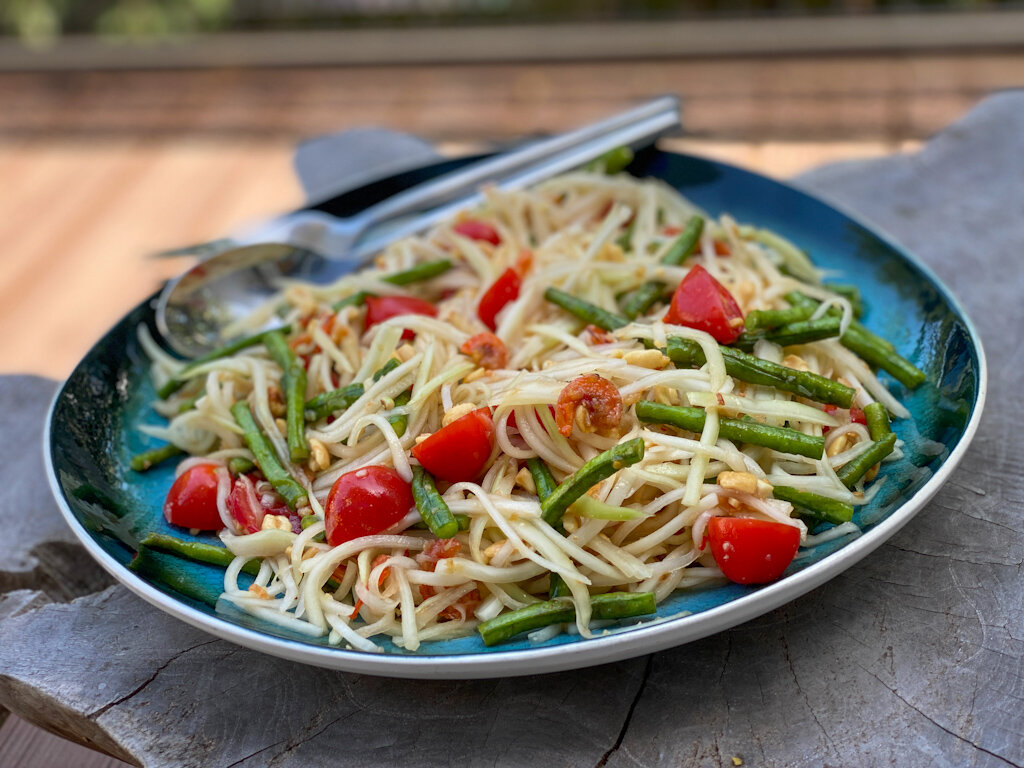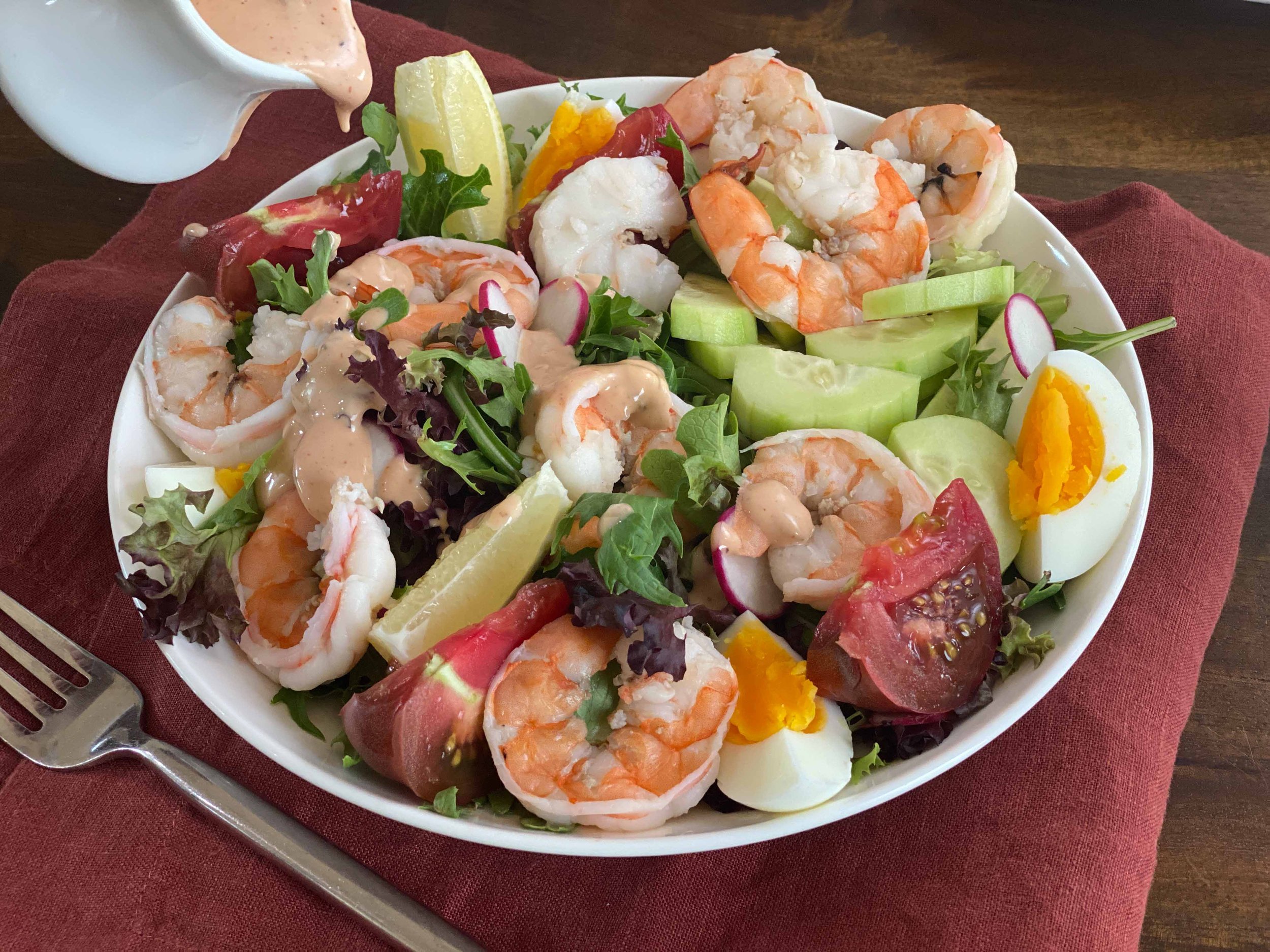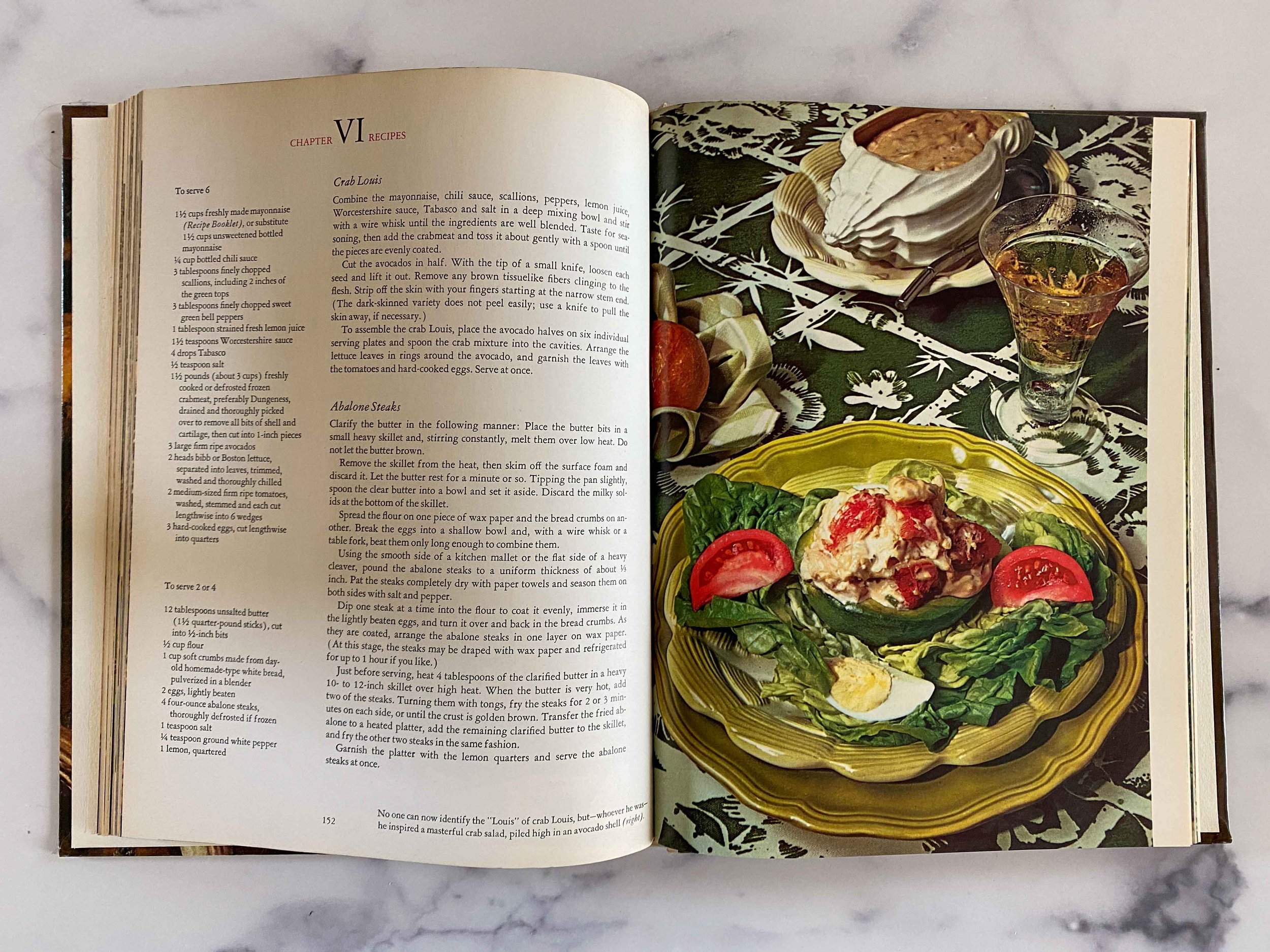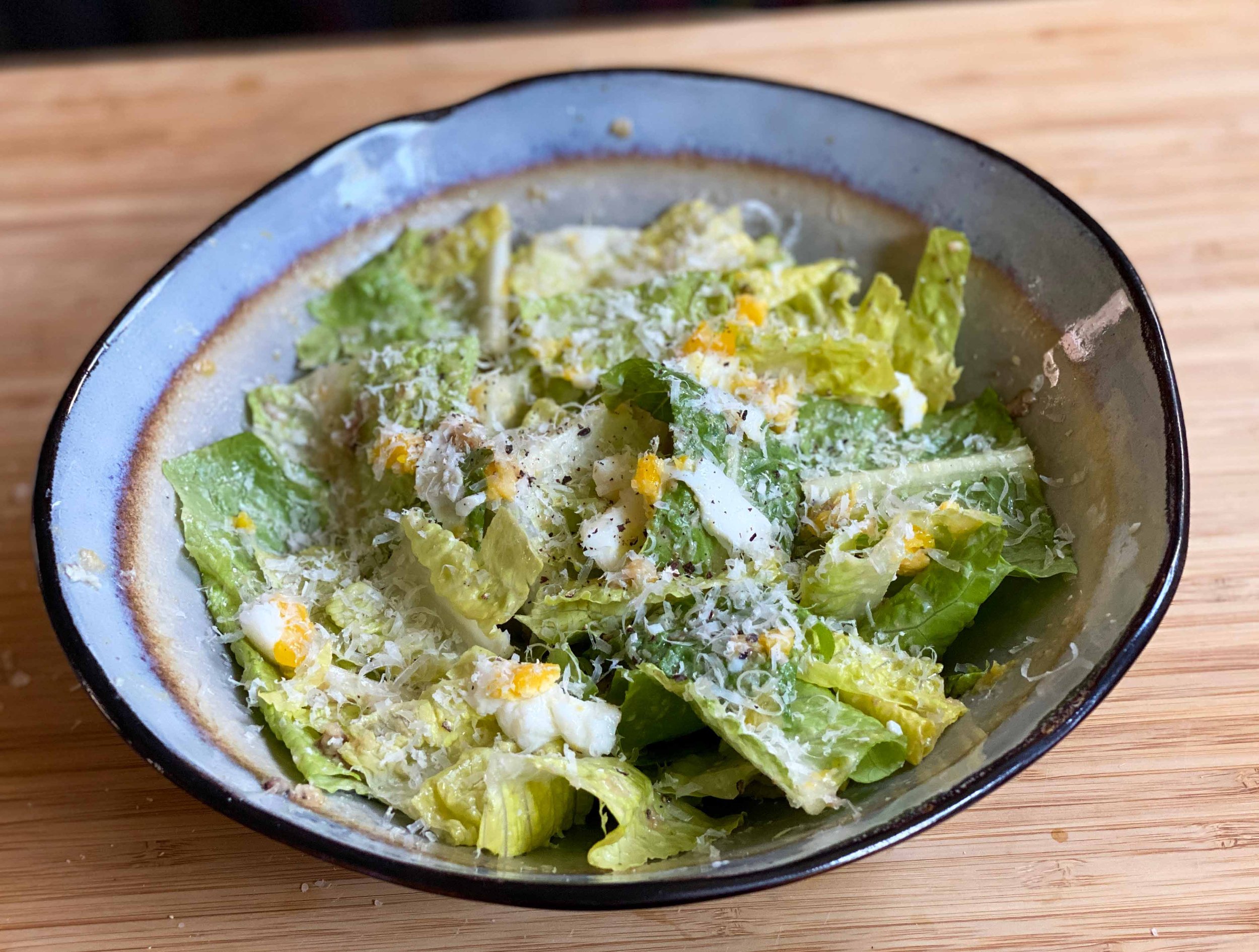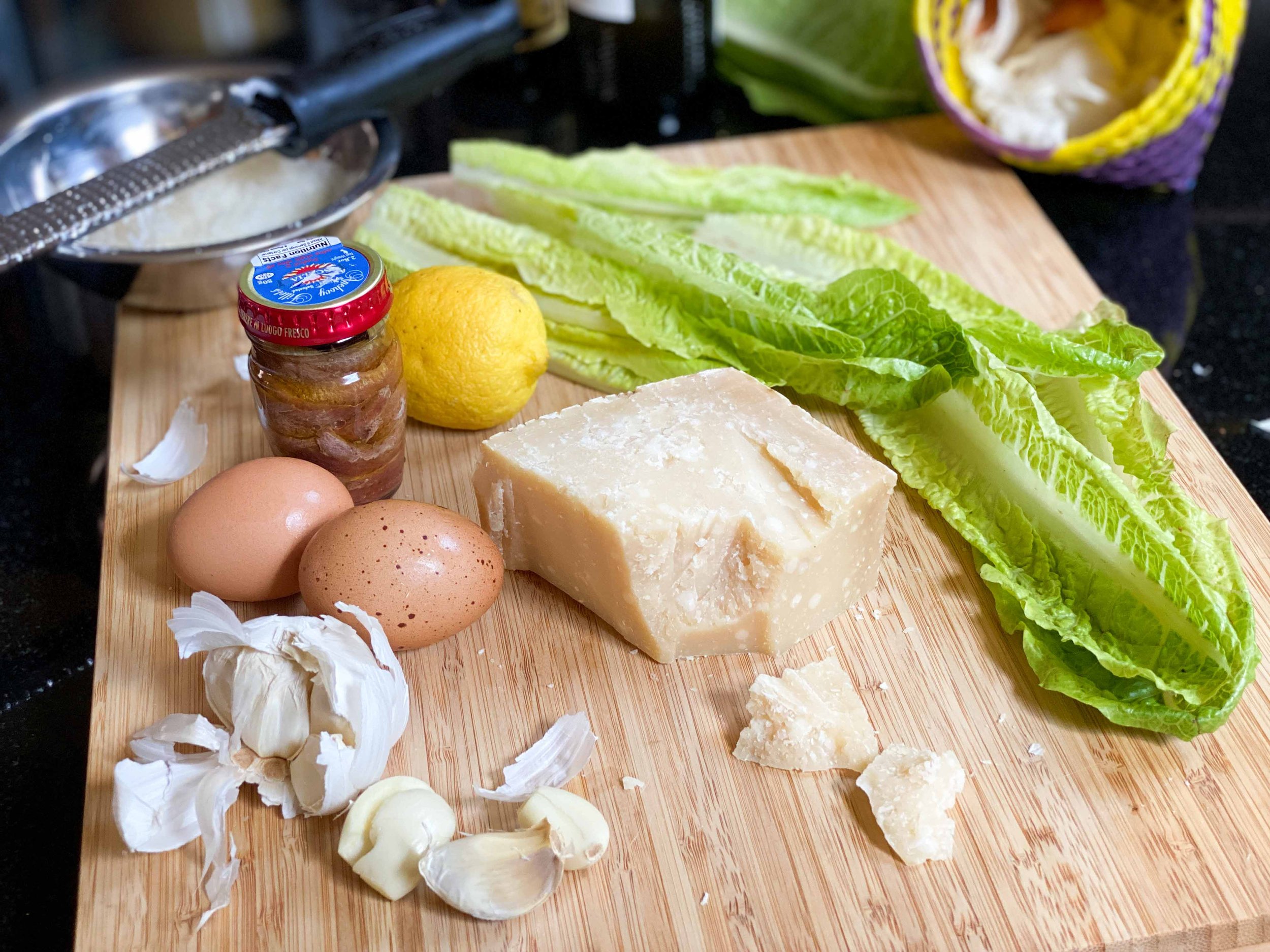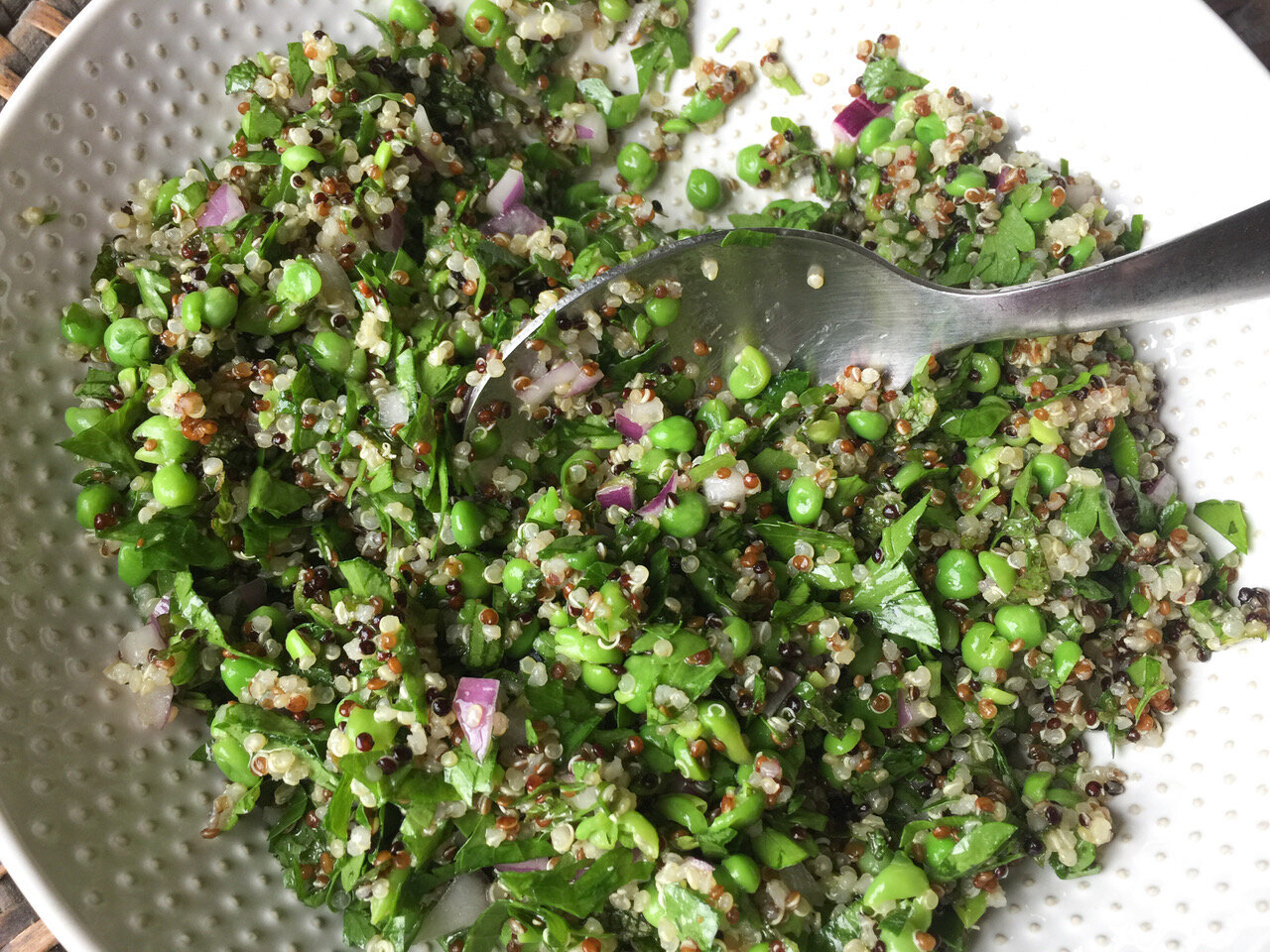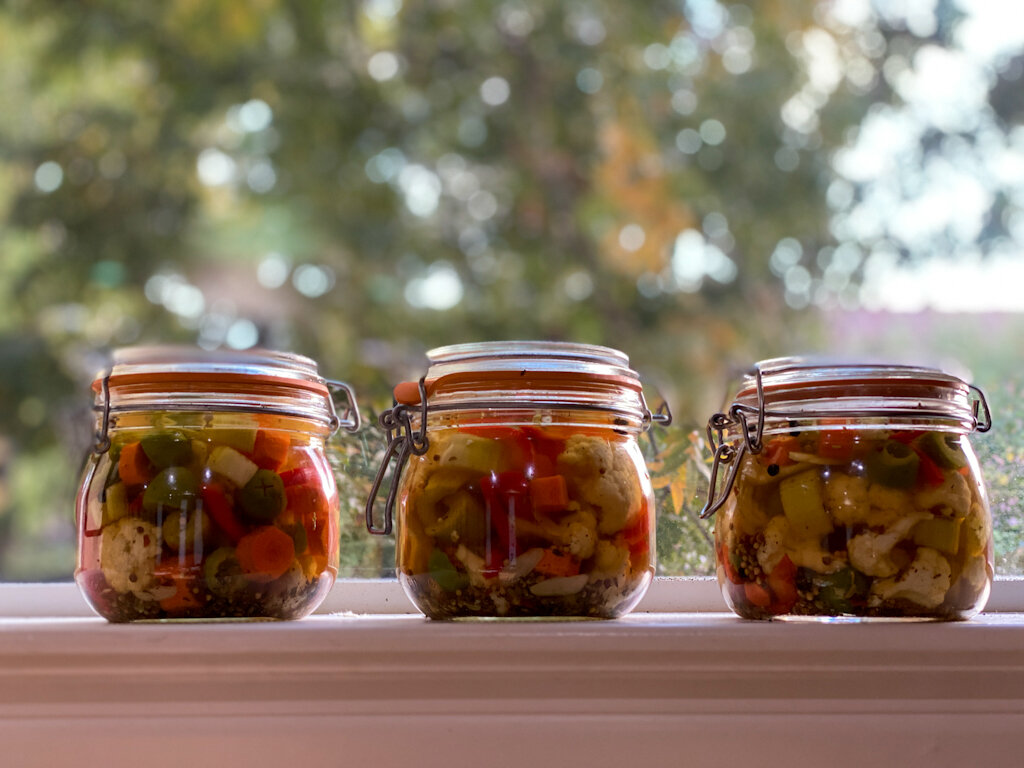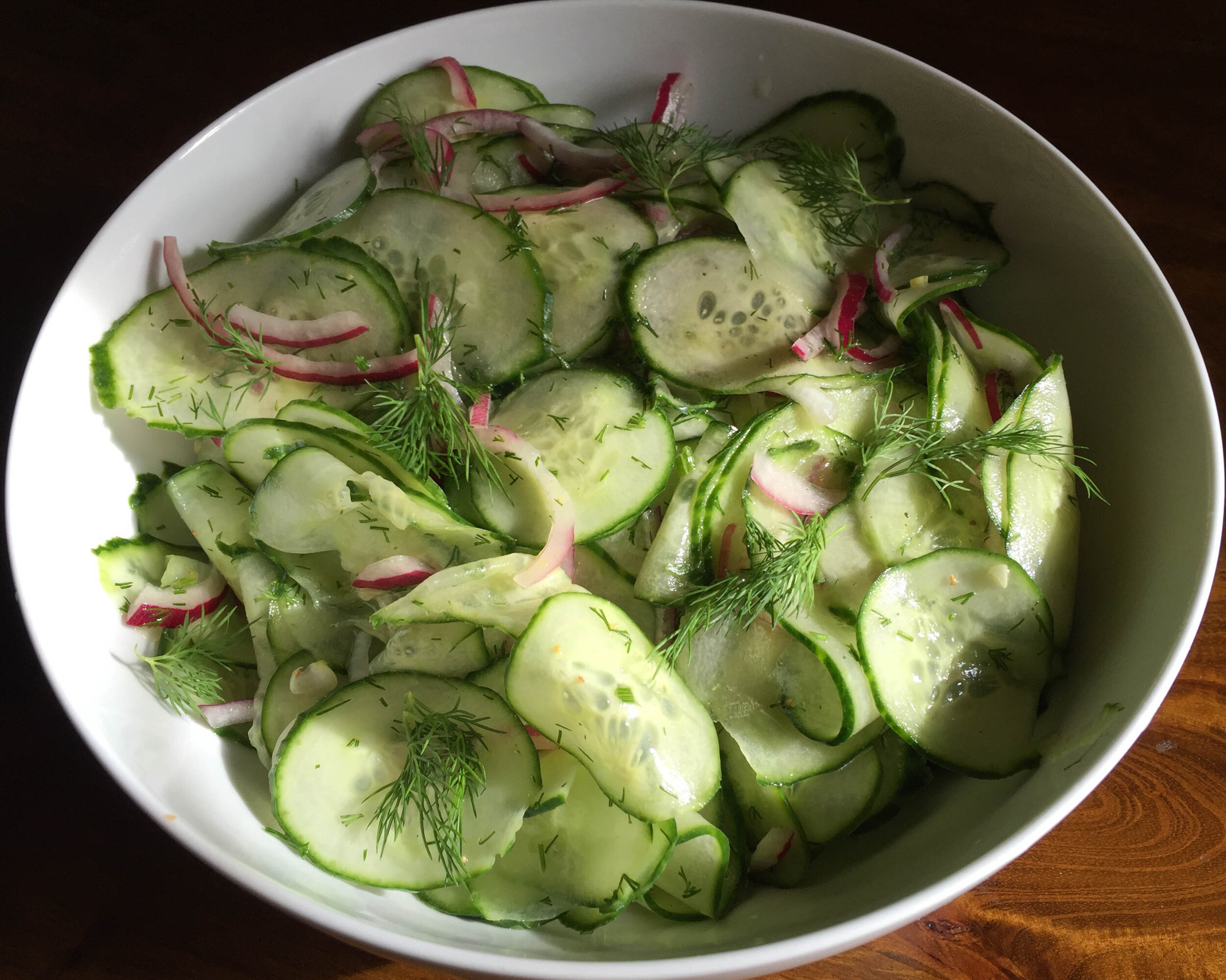Leslie Brenner
You know that classic French bistro salad of frisée, lardons and a poached egg? Known in France as salade lyonnaise, it’s wonderful. But I’m not always in the mood for a runny egg to start off dinner.
I definitely don’t often feel like carefully poaching four eggs to top salads when I’m cooking for friends or family. Too stressful!)
For those times when that salad is the right vibe but you’re not up for a poached egg situation, this salad sings. Bits of Roquefort stand in for the egg, adding rich umami. You get bites of the fluffy frisée tangled with a little of that cheese and a bacon lardon — set off by a lightly zingy sherry-shallot vinaigrette. It’s kind of perfect, and you’re not stressed.
Would you find this salad in France? Probably; it has such a bistro feel. But it’s really a cross between that salad lyonnaise and another classic, endives with Roquefort, walnuts and apple.
In any case, it’s pretty easy and very adaptable. You can swap endive or escarole for the frisée, which isn’t always easy to find. And just about any kind of blue cheese will do, as long as it’s not too creamy (you want it to crumble a bit). Bleu d’Auvergne or Fourme d’Ambert are good candidates; or use an American blue, such as Maytag.
Depending on where you live, slab bacon might not be easy to find, either (in recent years, I’m seeing it much less in my neck of the woods). If you can’t get it, you can use pancetta, or even sliced bacon.
However you spin the thing, it’s way better than the sum of its parts — a dream of a winter salad.
If you like this, we think you’ll enjoy:
RECIPE: Escarole Salad with Egg and Crispy Prosciutto
RECIPE: Shaved Brussels Sprouts with Bacon Vinaigrette
EXPLORE: All Cooks Without Borders salad recipes
EXPLORE: All Cooks Without Borders French recipes


